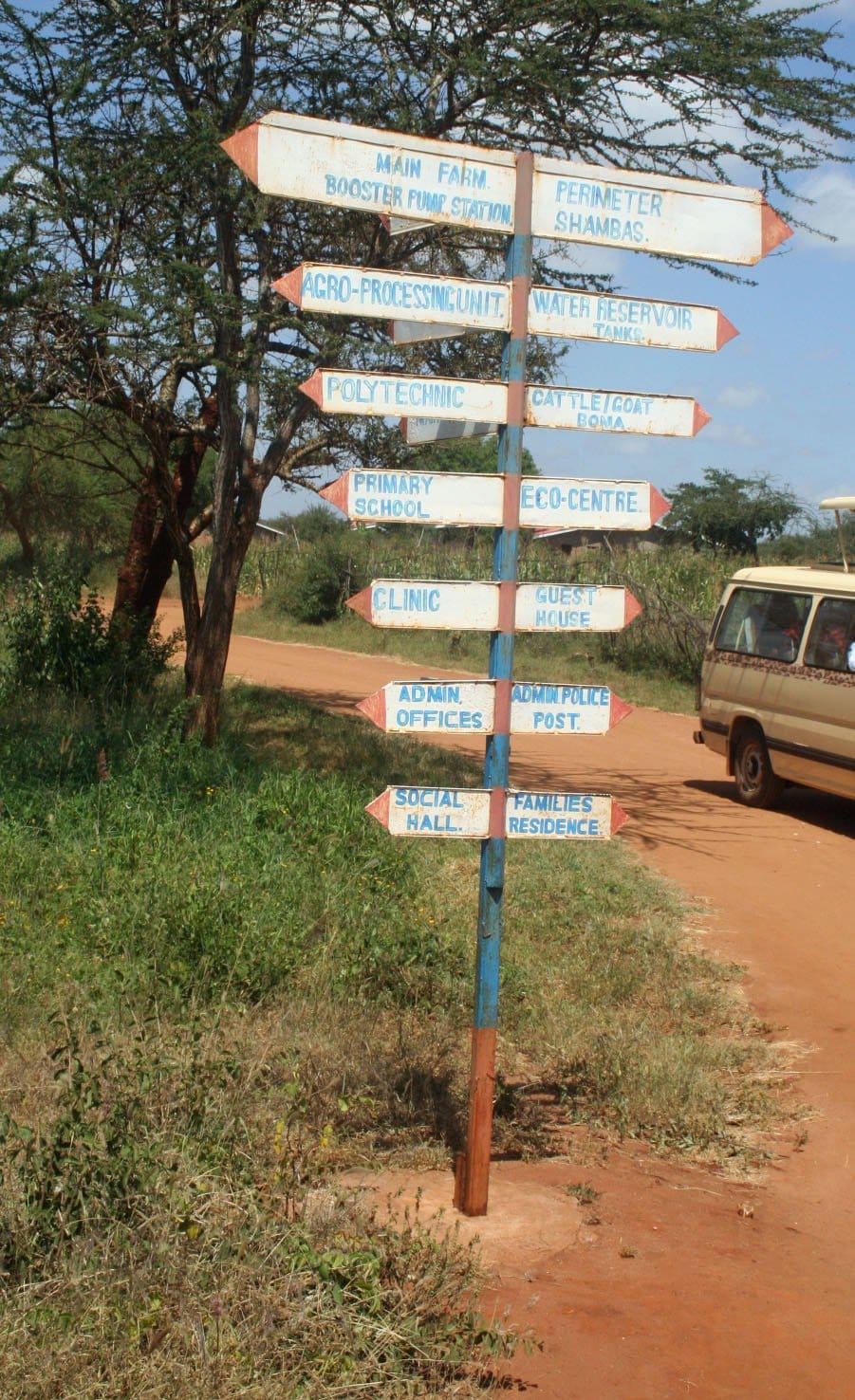Jane Fallon Griffin profiles the initiative of Nyumbani village in breaking the cycle of poverty for those left behind through HIV/AIDS.
The “lost generation” commonly refers to Kenyan adults who have died of HIV/AIDS. Once the carers of both their children and elderly parents, their loss often resigns these groups to an ongoing cycle of poverty.
HIV/AIDS in Kenya
Although estimated that 72% of those affected now receive treatment for HIV, the disease continues to claim the lives of many Kenyans. In 2012, it was estimated that over 1.6 million people in Kenya were HIV positive with 57,000 dying from the disease’s progression into AIDS. In the same year one million children were orphaned following the death of their HIV positive guardians.
A place called home
180 kilometers from Nairobi, in the rural province of Kitui, lies the village of Nyumbani, meaning home in Swahili. Opening in 2006 and first caring for 19 orphans and 2 grandparents who had been dependent on family members lost to HIV/AIDS, the village has since grown and has almost reached its capacity of 1000 orphans and 100 grandparents.
By offering its residents an alternative family setting, a complete education and appropriate medical care, the village ensures the emotional, intellectual and physical development of its inhabitants.
Alternative family structure
The village has specific areas dedicated to production, farming, education, health care and accommodation. The new families live in small mud bricked houses on half-acre plots of land, each housing ten children and one grandparent. For the children parental care is provided by the grandparents, while for the grandparent the task of caring for these children helps alleviate the pain of the loss of their own children. The grandparents care for the children and teach them the traditional Kenyan methods of cooking using the produce grown on the land. The setting is very similar to the previous family settings of the children and the transition into the new family is aided by the village organisers who provide counselling and emotional support.
Education
Nyumbani educates children at primary, secondary and tertiary level. Education is considered extremely important and is based on the hope that it can improve the quality of life of its pupils. While some of the teenagers will use the skills they have learnt in the village for employment, others will to go to university and the village is now aiming to fund this initiative.
A self-sustaining village
Nyumbani is working towards being completely self-sustaining by 2018.
The village has a polytechnic with three units – tailoring, carpentry and mechanics, where employable skills are taught to teenagers. It also manufactures resources for the village including the bunk beds the children sleep in and furniture for the schools and buildings.
Each family has a small plot of land which where they can grow their own fruit and vegetables. The village also has a farm with cows and chickens to provide milk and eggs. The water is provided using sand dams which collect and store clean water from a source when available, providing water all year round.
The grandmothers (known as “Sho Shos”) weave baskets for sale while the grandfathers carve wooden utensils. The sale of these along with the excess produce from the textile centre goes towards the costs of maintaining the village.
By providing 50% of what is required by the people Nyumbani village allows its inhabitants to live in a safe environment and the goal of meeting the other 50% is realistic and attainable. The village allows for the people to continue embracing Kenyan culture while using western technology to maintain land which can be farmed and lived on.
A model solution
The village has offered an escape route to children and grandparents from a life of destitution, inappropriate physical labour and incomplete education to one where their needs can be met in a safe and supportive environment.
As the village continues to advance, its founder, Fr. D’Agistino’s hope that the village would serve as a model solution for those affected by HIV/AIDS and be replicated around developing countries could certainly become a reality.
Author: Jane Fallon Griffin
Photo credit: Nyumbani.org
Find out more about the Nyumbani project at http://www.nyumbani.org/
